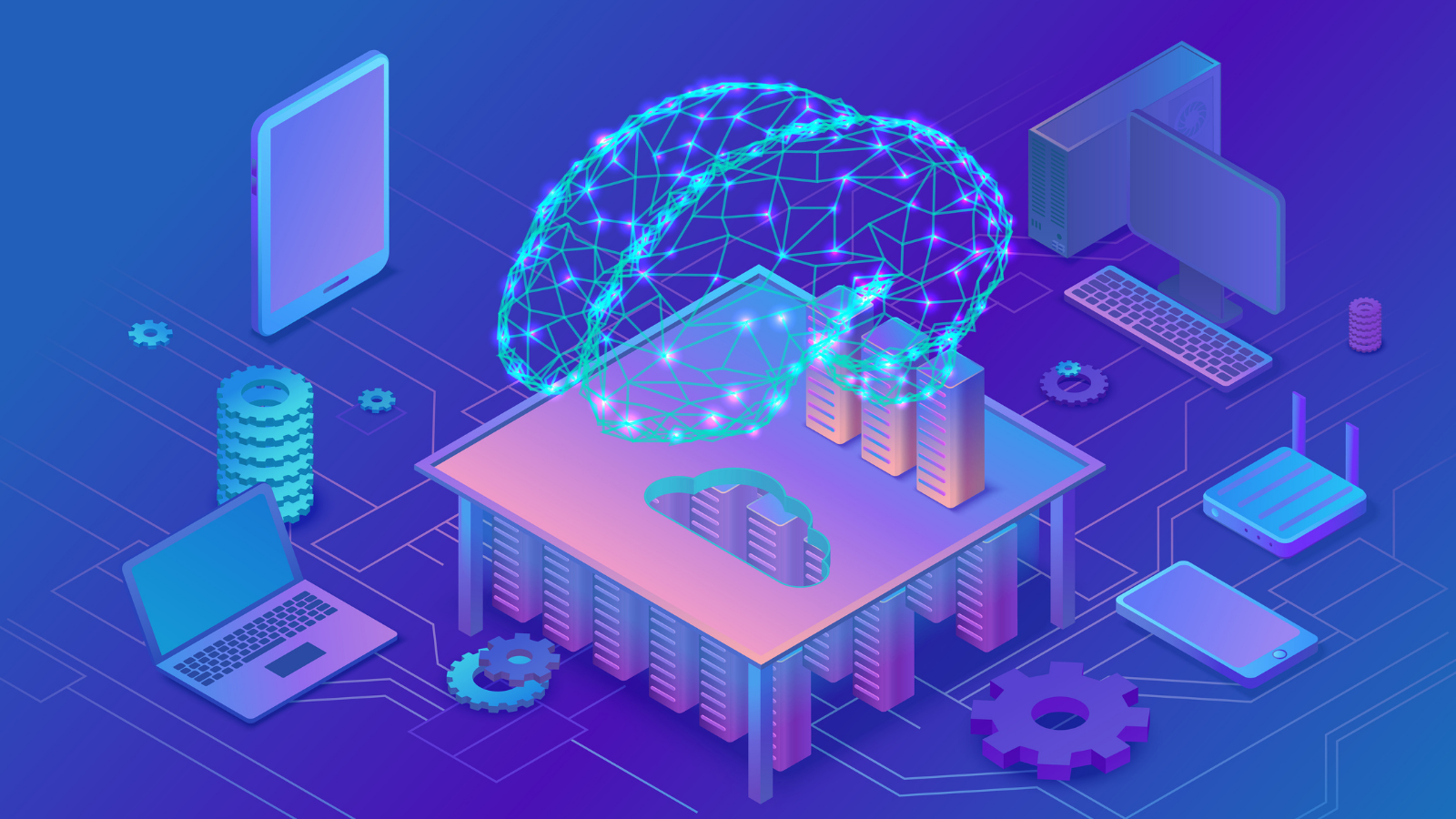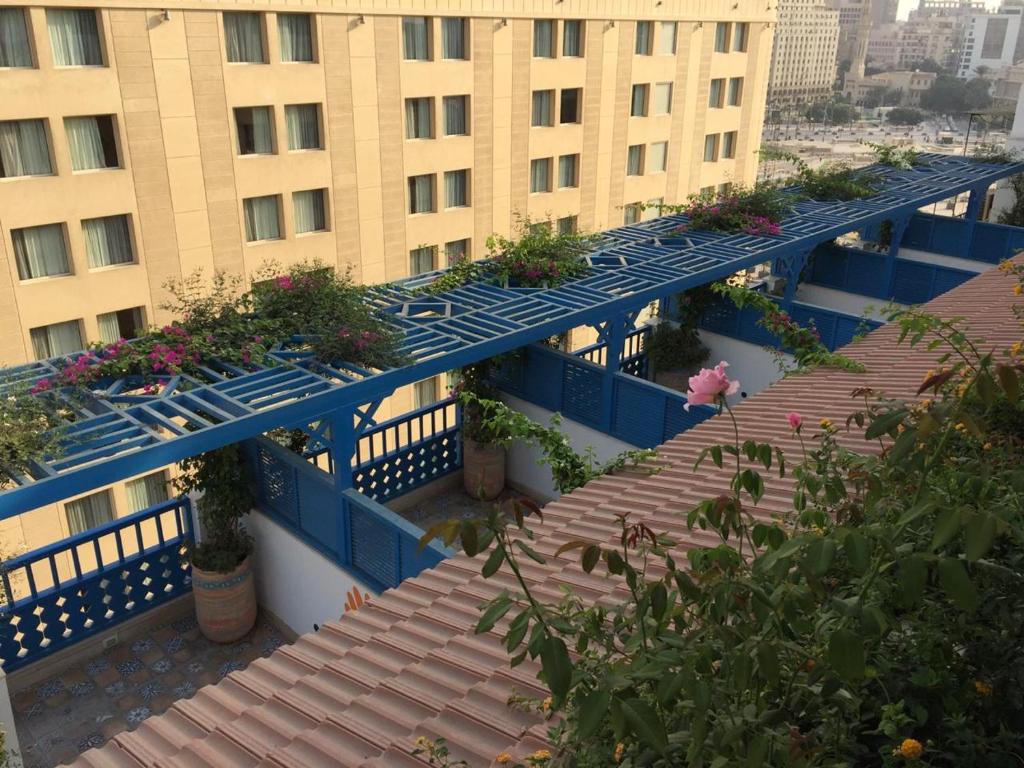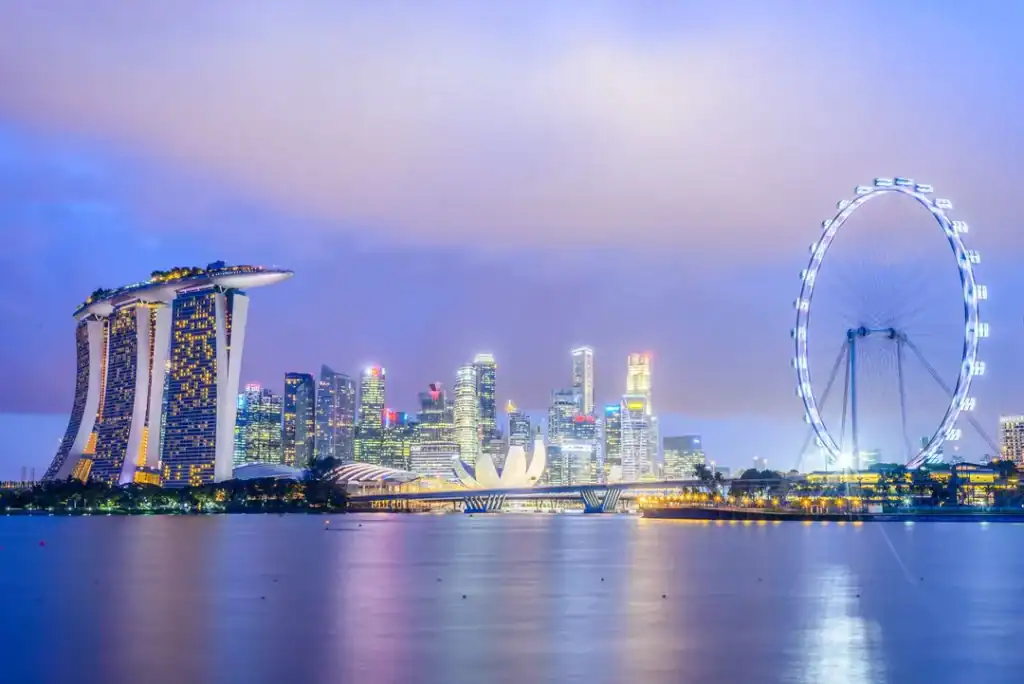In recent years, the face of urban development has rapidly changed, influenced by the increasing demand for smarter, more sustainable, and connected spaces. One such evolution is the rise of mixed-use developments, where residential, commercial, and recreational spaces come together in one environment. These developments are becoming increasingly popular as they promote walkability, reduce the need for commuting, and foster a sense of community. However, the key to truly unlocking the potential of mixed-use developments lies in integrating artificial intelligence (AI) into their planning, design, and management processes.
AI, with its large capabilities in data analysis, automation, and predictive modeling, already plays a major role in how cities are being reborn and how they are used. Herein, this article seeks to explore the changes AI has brought upon mixed-use developments and why it is such an important piece of the creation of more functional, greener, and people-friendly urban space.
Understanding Mixed-Use Developments
MUDs are those that plan to incorporate a variety of functions-residential, commercial, and recreational-within a single urban context. Thus, one could expect walking-distance apartments, office buildings, retail outlets, parks, and recreational centers. These mixed-use developments strive to break one’s car dependence by mixing different land uses on one location for a strong community spirit and an economic hub both for businesses and residents alike.
While MUDs have existed for centuries, their popularity has gained momentum over the last couple of decades because of the emerging trend toward urbanization, the need for sustainability, and changes in consumer behavior. As cities are growing larger and more crowded, the need for efficient land use becomes crucial, and AI offers innovative solutions to realize this vision.
AI-Driven Design and Planning
Among the first areas where AI is having an impact on mixed-use developments is during the design and planning stages. Traditionally, urban planners and architects relied on manual processes, historical data, and intuition in designing mixed-use spaces. However, with the advent of AI, these processes can now be enhanced by real-time data analytics and predictive modeling.
AI-powered tools can analyze vast amounts of data from multiple sources to understand how people use urban spaces, what types of services and amenities are in demand, and where future growth is likely to occur. This helps developers make more informed decisions on zoning, infrastructure, and building placement.
For instance, with the help of AI in mixed-use development, planning could identify where exactly the actual space should be used by retailers, offices, or residents, depending on market demand. Predictive algorithms, in turn, can give a more detailed look at improving the development design, basing decisions on foot pattern flow, sunlight exposure, and environmental sustainability.
In addition, AI can enable collaborative design-thus allowing architects, urban planners, and engineers to collaborate in real time, refining plans based on data insights and simulations. This leads to better coordination between the various elements of the development and ensures that the final design meets the needs of the community.
Smart Buildings and Infrastructure
Once a mixed-use development is underway, AI plays a very important role in managing the smart infrastructure of the buildings and the surrounding environment. With the rise of Internet of Things (IoT) technology, AI can optimize the operation of buildings by operating lighting, heating, air conditioning, and security systems.
For instance, AI can use data from sensors embedded in the building to detect occupancy patterns and adjust lighting or HVAC accordingly. This will not only improve energy efficiency but also create a more comfortable environment for residents and employees.
Besides, AI-powered systems can continuously monitor air quality, temperature, and other environmental aspects in real time to make mixed-use developments healthier and more sustainable. In these smart buildings, energy use and carbon emissions are at a minimum, thus contributing positively toward the general sustainability of the development.
Another advantage of AI in mixed-use developments is that it can optimize logistics and maintenance. AI can identify when certain systems, whether elevators or plumbing, will need maintenance, allowing property managers to take a more proactive approach to solving potential issues before they become a serious problem. This reduces costs, improves tenant satisfaction, and extends the life span of key infrastructure.
Enhancing the Human Experience
Mixed-use developments are designed to enhance the human experience by creating spaces that encourage interaction, convenience, and a sense of community. AI plays a crucial role in this by improving the way people interact with their environment and with each other.
AI also increases the human experience through personalized services. For example, AI-powered apps integrated into a mixed-use development can help residents and visitors get around, book amenities, or access services that include delivery, parking, and maintenance requests. The system learns from user preferences to make tailored recommendations, thus optimizing each individual’s experience.
Moreover, AI has the potential to enhance safety and security in mixed-use developments. Facial recognition and video analytics can be implemented in public areas to monitor and detect unusual activity or threats in real time. This enhances security while ensuring that the development remains an open and accessible space for all.
AI-driven social platforms can also enable community engagement within mixed-use developments. These can link residents to local businesses, events, and recreational activities, creating opportunities for interaction and collaboration. Longer term, AI can learn what types of events or activities are most popular, informing future programming that resonates with the community.
Sustainable and Efficient Urban Development
Sustainability is at the very core of mixed-use development, while AI is indispensable in rendering such projects environment-friendly and economically viable.
AI-powered systems support the optimization of energy use, reduction of waste, and better management of resources. For instance, using AI, energy consumption from common areas such as lobbies, hallways, and gyms can be managed and adjusted so that use is efficient. Similarly, waste and water usages are managed by analyzing the patterns for reduction opportunities.
On the transport side, AI can enhance the mobility infrastructure within mixed-use developments. For example, AI can optimize traffic flow and parking management, reducing congestion and improving access to key areas. AI-driven autonomous vehicles and shared mobility solutions, such as electric scooters or bikes, can be integrated into the development, reducing the need for private car ownership and promoting eco-friendly transportation options.
In addition, AI can enhance climate resilience through monitoring and predicting environmental changes, such as extreme weather events or rising temperatures. Analyzing data from weather sensors and satellite imagery, AI can provide early warnings and help developers design buildings that are better prepared for climate-related challenges.
Conclusion
AI is transforming the way mixed-use developments are planned, designed, and managed. It makes possible data-driven design and smart infrastructure, personalized services, and sustainability for the developers to create an efficient, sustainable, and more user-friendly urban space. As urban populations continue to grow, AI will consequently turn more significant in shaping up the future of cities, making mixed-use development not only a convenient living and working solution but also a model for the cities of tomorrow. By embracing AI, we can build smarter, more resilient, and more connected urban environments that are better equipped to meet the needs of a rapidly changing world.










